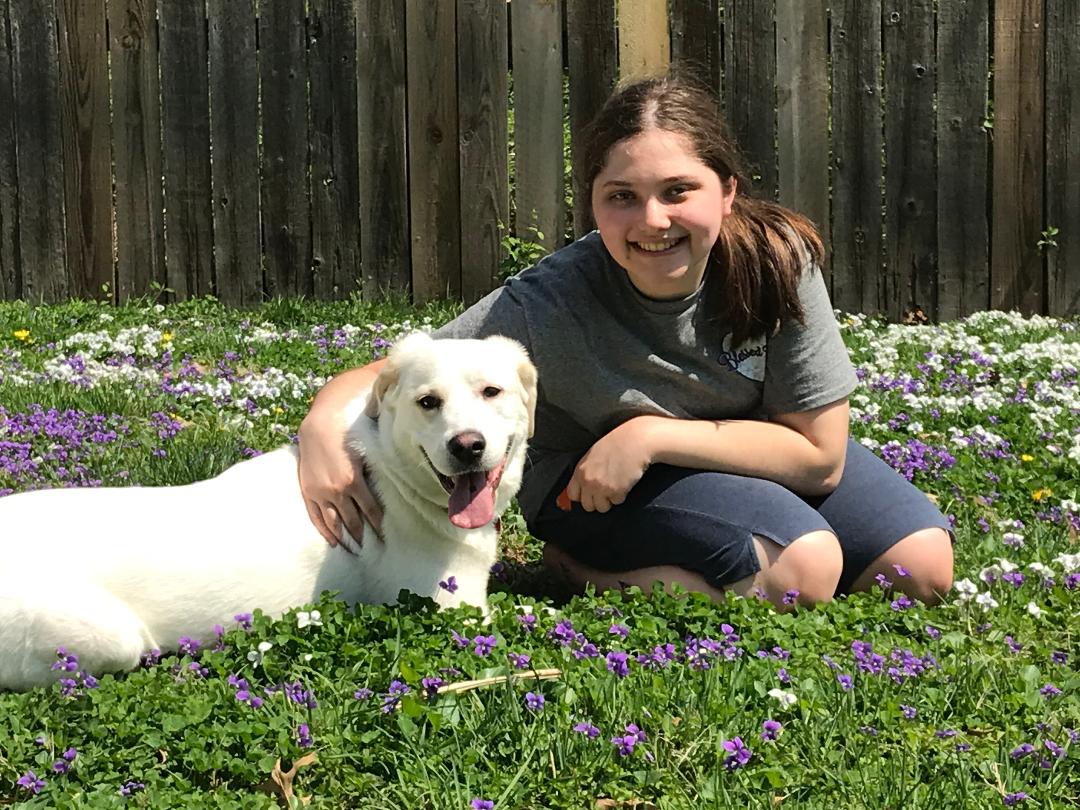Canine trick training is a great way to build your dogs confidence; learn what learning styles work best for your dog and have a lot of fun with them. When doing tricks with your dog it is very important to keep it fun for them and you, otherwise you risk losing all the benefits of trick training. Before beginning trick training, it is recommended that your dog reliably knows how to sit, down, stay/wait, come and heel.
If your dog knows basic obedience and how to do the building block behaviors, (bark, jump, take, two paws on an object, four paws on an object, pull on a rope, find a specific scent and target) then he can eventually learn more advanced tricks such as, pray, play basketball and many other cool tricks.
There are numerous forms of target behaviors, the two most common types of target behaviors are nose target and paw target, but can even be shoulder, face and other types of targets. Before you start, figure out which type of target you want to work on during this session and only reward for that type of target. Hold out your open hand and as soon as your dog touches your hand with his nose/paw/etc., mark the behavior with a marker word (such as “yes”) or use a clicker and click, the second your dog touches your hand. As soon as possible follow the marker with a treat. When the dog seems to understand targeting, add a cue (such as “target”, “touch” or “paw”).
To start working towards your dog putting his front paws up on an object, use something low that your dog can safely put their front paws on (I like to start with a kids step stool). Get your dogs attention with a treat, keep the treat close to his nose and lure him onto the object. Once your dog has both paws on the object mark and reward. When your dog is reliably placing both front paws on the object, add a cue (such as “on” or “up”). As soon as your dog knows the cue, repeat the process with other safe objects so that they can generalize the behavior.
When starting take, hold out an item to your dog that is safe for him to take and hold in his mouth (I like to start with an appropriately sized obedience dumbbell). Encourage your dog to put it in his mouth, by putting it right in front of his mouth (some dogs will naturally want to put the item in their mouth). If your dog does not try to put the item in his mouth on his own, there are several things you can try. You can mark and reward every time your dog interacts with the item (you might start by marking and rewarding every time your dog touches the item with his nose, after a while only mark and reward when he licks, or otherwise interacts with the item with his mouth), eventually working up to only marking and rewarding when your dog picks it up with his mouth. What has worked best for my dog is to gently open her mouth, place the item in her mouth, and let her close her mouth over the item. If you use this method, mark and reward as soon as your dog closes his mouth. Slowly increase the amount of time between when your dog closes his mouth over the item and when you mark and reward. Work towards generalizing and adding a cue to this behavior, as with working with your dog to place his front paws up on something.
If you apply the methods used in the above behaviors to other behaviors, you’ll find your dog can quickly learn all sorts of new behaviors. When your dog offered to touch your hand while working on targeting and you marked and rewarded him for doing so, you were “capturing” the behavior. When you were working with your dog on placing his front paws on an item by luring him with a treat, you were using the “luring” method. When you were slowly changing the requirements for your dog to get the reward while working on take, you were “shaping”. To work on the other building block behaviors you can: capture bark, lure jump, lure four paws onto an object, capture and/or shape pulling on a rope and capture finding a specific scent. Once your dog knows the building block behaviors, you can apply these behaviors to more advanced tricks, for example, you can start with your dog having two paws on something, and lure him to bow his head, you now have pray.

